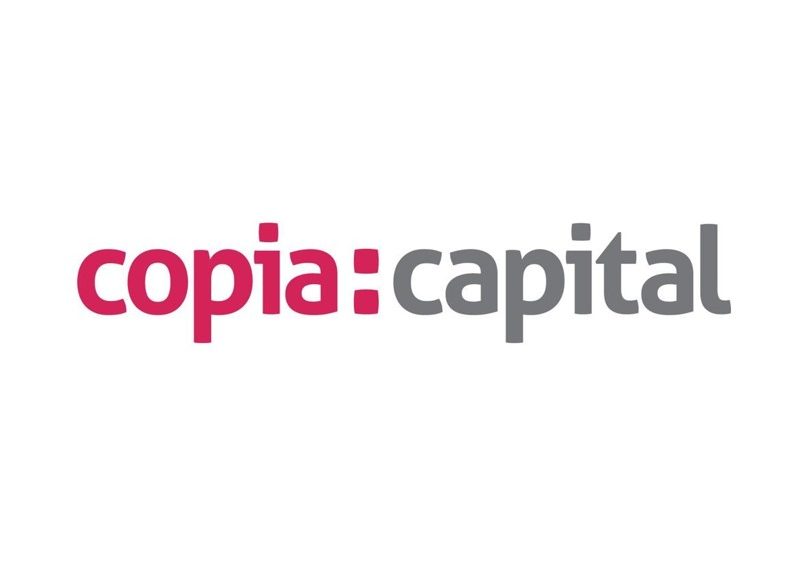23 Jan 2025
The growing importance of custom portfolios amid rising CGT

Joanne Benson, Head of Investments Copia Capital
For professional advisers only.
The rise in Capital Gains Tax (CGT), announced in last autumn’s Budget, wasn’t entirely unexpected, but it brings big challenges for advisers managing any client’s investments outside of tax-efficient wrappers.
While the government has stated that CGT is paid by less than 1% of adults each year, the increase to 18% for lower-rate taxpayers and 24% for higher-rate taxpayers means advisers should carefully consider the investment strategies they are using to minimize the tax implications for any clients who are affected.
There is also the consideration of frozen income tax thresholds, which have pushed more individuals into higher tax brackets, increasing their CGT rate. Together, this has resulted in a growing number of people facing higher tax liabilities.
Avoiding foreseeable harm
At the time of the announcement, we highlighted that advisers who fail to consider CGT liabilities within the financial plan are potentially at risk of breaching the Consumer Duty regulations, especially regarding the requirement to avoid ‘foreseeable harm’. This is particularly relevant for clients with assets in managed portfolio services (MPS).
MPS are a hugely popular, and convenient, tool within financial planning: according to the lang cat’s 2024 State of the Advice Nation research, 71% of firms use MPS for at least some of their clients. However, standard MPS setups often don’t account for an individual’s specific tax situation. Trades and portfolio re-balances can inadvertently trigger tax bills because investment managers don’t always have full visibility of a client’s tax position. While this has always been a consideration, the increased CGT rates make these risks much more significant.
Consumer Duty places a clear responsibility on firms to deliver good outcomes for clients and steer clear of ‘foreseeable harm’. The immediate increase in CGT from 31 October last year adds urgency for advisers to carefully consider the tax implications of every investment decision they make.
High-net-worth individuals and investors are especially affected, as they’re more likely to exceed annual CGT allowances and face additional tax charges on their investment gains each year. Under the Consumer Duty framework, firms must take steps to anticipate and prevent these outcomes, ensuring clients are not exposed to avoidable harm.
Custom portfolios as a solution
Copia, along with another handful of discretionary fund managers, offer custom portfolios which allow advisers to contribute to the management of the portfolios they recommend to their clients. This gives them the opportunity to react to any rebalancing of portfolios that may negatively impact the client and reduce the potential tax burden. By providing a more personalised approach, custom portfolios support advisers in mitigating tax liabilities and improving outcomes for their clients.
For those working with high-net-worth individuals or clients with large, unwrapped investments must evaluate how the CGT changes impact your portfolio management strategies. By proactively managing tax implications, they will protect your client’s wealth, while at the same time ensuring you are meeting the requirements of Consumer Duty.
The changes announced in the Autumn Statement are a reminder of the importance of reviewing the tax-efficiency of your clients’ portfolios. With higher CGT rates and frozen income tax thresholds pushing more clients into higher tax brackets, the challenge has increased significantly. The flexibility offered by custom MPS provides a potential solution to reducing the risk of avoidable tax liabilities, further ensuring your investment strategies meet with your clients’ best interests.
Find out more about Copia Capital >

